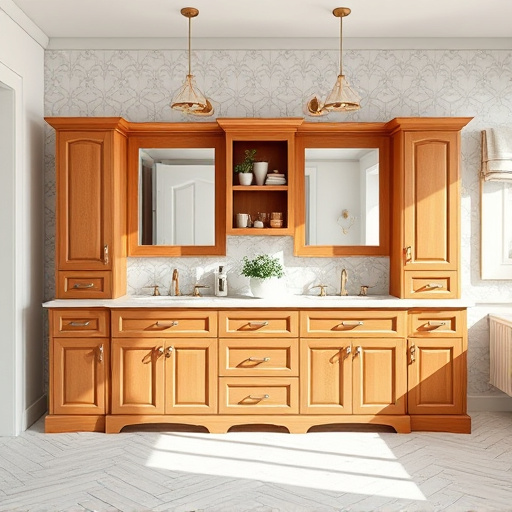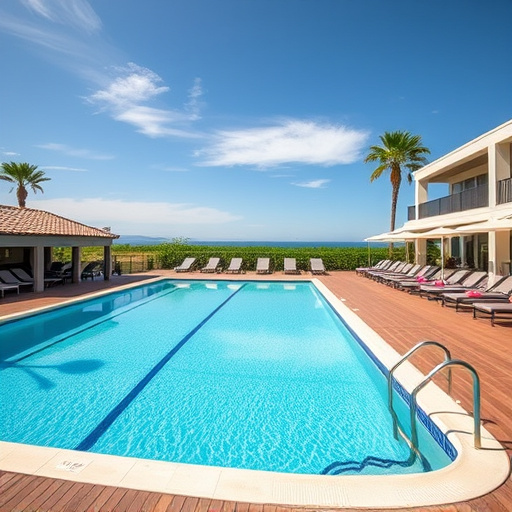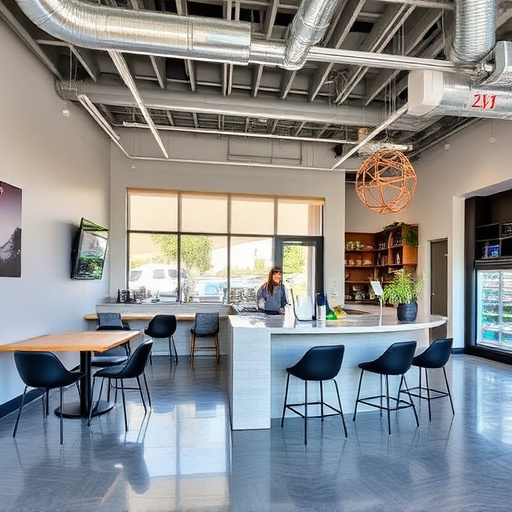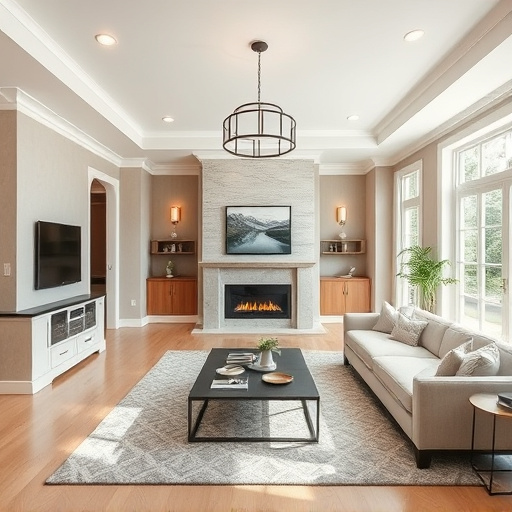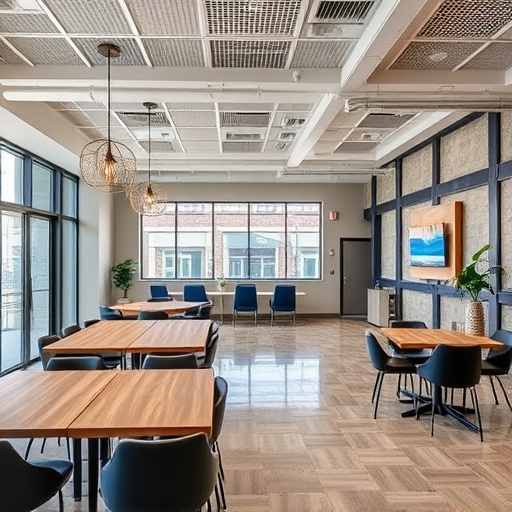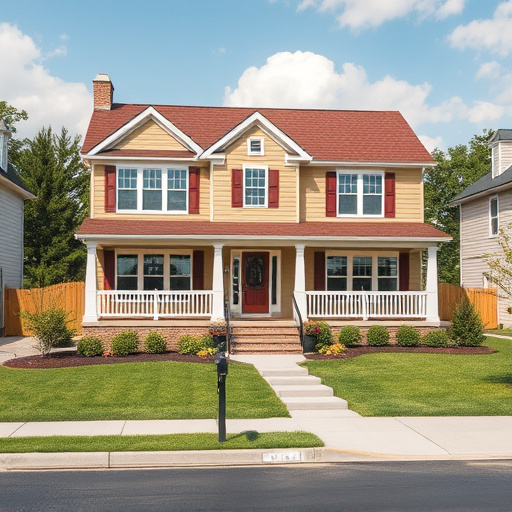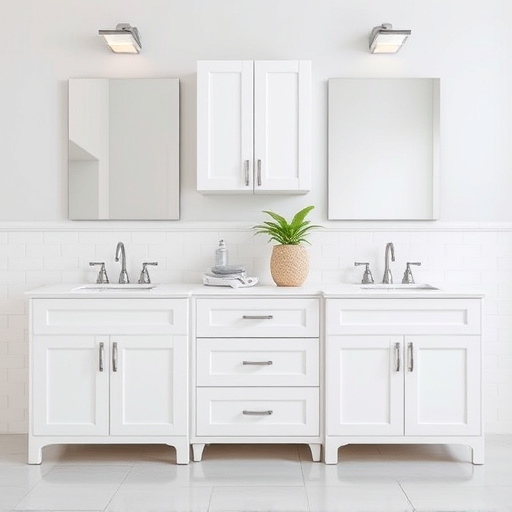The retail industry is rapidly evolving by 2025, driven by tech innovations like Augmented Reality (AR) and Virtual Reality (VR), transforming shopping experiences. Retailers are integrating these immersive technologies for interactive displays, virtual product demonstrations, and personalized customer engagement. AR enhances in-store experiences with digital overlays, while VR creates virtual shopping environments. This shift towards tech-driven retail design caters to environmentally conscious consumers and boosts sales through data-driven insights into product preferences. Interactive features, such as AR filters and VR previews, captivate customers and enable them to visualize renovations before purchasing.
“Unveiling the Future of Retail: Trends Shaping 2025 and Beyond
The year 2025 promises a transformative landscape for retail design, driven by innovative technologies and evolving consumer preferences. This article explores the top trends dominating the industry, offering a glimpse into the future of shopping experiences. From immersive AR/VR technologies enhancing customer interactions to sustainable design practices, retailers are embracing omnichannel strategies and personalization at an unprecedented level. Get ready to dive into the dynamic world of retail design, where creativity meets cutting-edge technology.”
- Emerging Technologies Shaping Retail Spaces
- – The role of Augmented Reality (AR) and Virtual Reality (VR) in retail design
- – Interactive and immersive experiences for customers
Emerging Technologies Shaping Retail Spaces
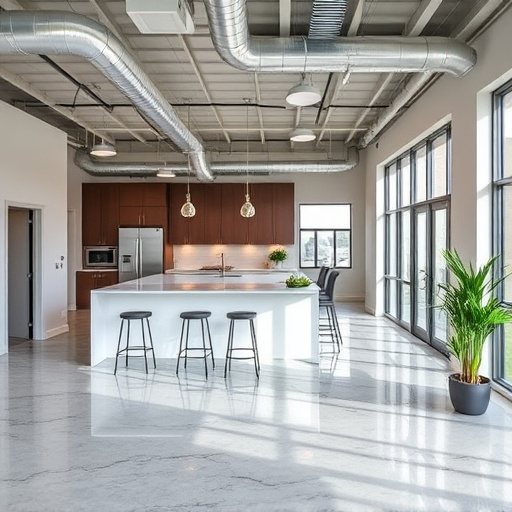
The retail landscape is evolving rapidly, driven by innovative technologies that are transforming how consumers interact with physical spaces. Interactive displays and augmented reality (AR) are becoming increasingly common, allowing shoppers to engage with products in new and exciting ways. For example, AR can virtually place furniture or decor in a customer’s home, facilitating better purchasing decisions. Voice-activated assistants and smart mirrors also enhance the shopping experience by providing personalized recommendations and offering seamless checkout options.
Emerging technologies are not just about gadgetry; they intertwine with sustainable practices to create modern retail design. Smart stores are leveraging IoT (Internet of Things) for energy-efficient lighting, climate control, and inventory management. This integration not only reduces operational costs but also appeals to environmentally conscious consumers. As retailers look to reinvent themselves in 2025, focusing on technology and sustainability will remain paramount, influencing everything from floor layouts to kitchen remodels and bathroom renovations, ultimately shaping a more interactive, efficient, and eco-friendly shopping environment.
– The role of Augmented Reality (AR) and Virtual Reality (VR) in retail design
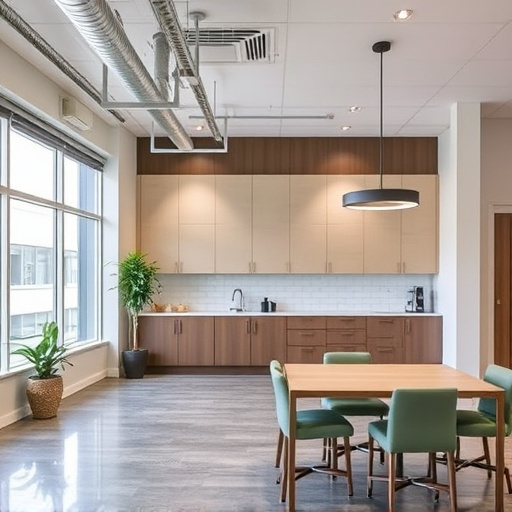
The year 2025 is poised to witness a significant shift in retail design, with Augmented Reality (AR) and Virtual Reality (VR) technologies playing a pivotal role. These immersive technologies are not just trends; they’re game-changers that promise to revolutionize how consumers interact with retail spaces. AR overlays digital information onto the real world, enhancing in-store experiences, while VR creates entirely virtual environments for remote shopping and interactive product demonstrations.
Incorporating AR and VR into retail design offers a multitude of benefits. For instance, customers can virtually ‘try on’ clothing or see how furniture would look in their homes without physically visiting stores or making costly purchases. This trend extends beyond fashion and home furnishings; it’s transforming the way consumers engage with kitchen renovations, kitchen and bath designs, and even home additions. By leveraging AR/VR, retailers can provide personalized experiences that cater to individual preferences, ultimately driving sales and fostering deeper customer engagement in the digital age.
– Interactive and immersive experiences for customers
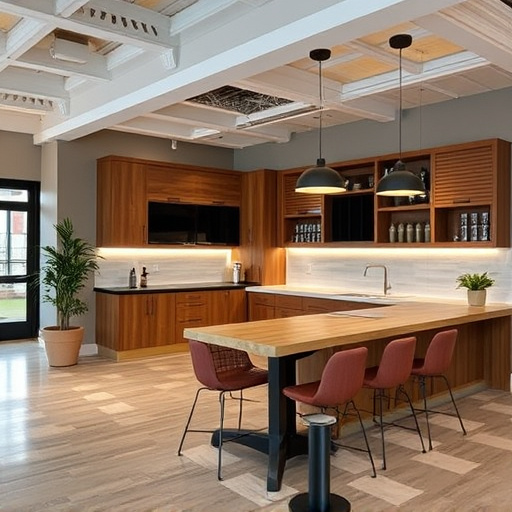
Retail design is evolving to meet the demands of modern consumers who crave engaging and memorable experiences. One prominent trend in 2025 is the integration of interactive and immersive technologies within retail spaces. Retailers are leveraging augmented reality (AR) and virtual reality (VR) to create dynamic environments that encourage customer interaction and participation. For instance, AR filters can transform shopping aisles into digital playgrounds, while VR experiences offer a sneak peek into products in a virtual setting, enhancing the overall shopping journey.
This shift towards interactive retail design not only captivates customers but also provides valuable data for retailers. By analyzing consumer behavior within these immersive environments, retailers can gain insights into product preferences and tailor their offerings accordingly. Moreover, with home renovation services becoming increasingly popular, retail stores are incorporating interactive displays that showcase the latest trends in bathroom renovations and other interior design elements, allowing customers to visualize and engage with products before making a purchase.
As we step into 2025, retail design trends are being driven by innovative technologies that transform shopping experiences. Augmented Reality (AR) and Virtual Reality (VR) are no longer concepts of science fiction but integral tools for creating immersive, interactive retail spaces. These technologies offer retailers an opportunity to captivate customers in new ways, fostering engagement and enhancing brand loyalty. By leveraging AR and VR, retailers can craft unique, personalized journeys that blend the digital and physical worlds, redefining how consumers interact with products and services. This evolution in retail design promises a future where shopping becomes an exhilarating, interactive experience, setting new standards for customer satisfaction and retention.


